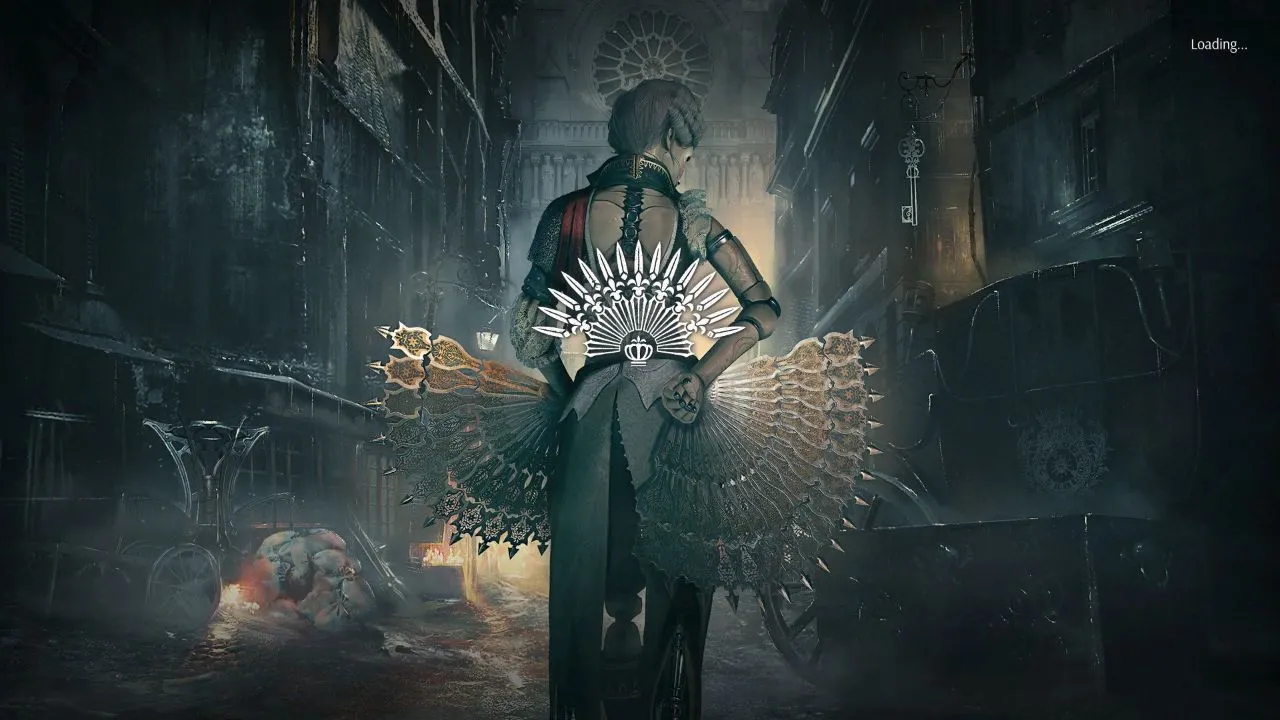
Steelrising: A Stunning World Let Down by Repetitive Gameplay
The gaming industry has seen periods where groundbreaking graphics overshadowed other crucial elements like story and gameplay. Even industry giants fell prey to this trend, releasing visually impressive games with mediocre gameplay, relying heavily on flashy trailers and screenshots to attract players. The release of Dark Souls in 2011, however, shifted the paradigm, introducing brutally challenging yet captivating gameplay that sparked a wave of similarly difficult titles. Games like Sekiro: Shadows Die Twice, Nioh, and the critically acclaimed Elden Ring have proven the viability of this genre, inspiring more developers to explore its potential. Among them is Spiders, a French studio, who have released Steelrising, a souls-like game set against the backdrop of an alternate history French Revolution. Does this new title have what it takes to establish a lasting franchise? Let’s delve into this review and find out.
A Visual Masterpiece
Spiders has a reputation for creating diverse games with unique and meticulously crafted worlds. From the fantasy setting of Bound By Flame to the sci-fi world of Mars: War Logs, and the colonial-era fantasy of Greedfall, each title offers a distinct experience. Steelrising continues this tradition, immersing players in a captivating world inspired by the French Revolution, but with a unique twist.
 alt text describing image of Steelrising character design
alt text describing image of Steelrising character design
Unlike previous Spiders games, Steelrising embraces the rarely used Gearpunk aesthetic. Instead of the grim, polluted atmosphere of Steampunk seen in games like Bloodborne, or the stark contrast between industrial cities and peaceful countryside in Dieselpunk titles like Iron Harvest, Gearpunk offers a more refined, intricate, and mystical feel.
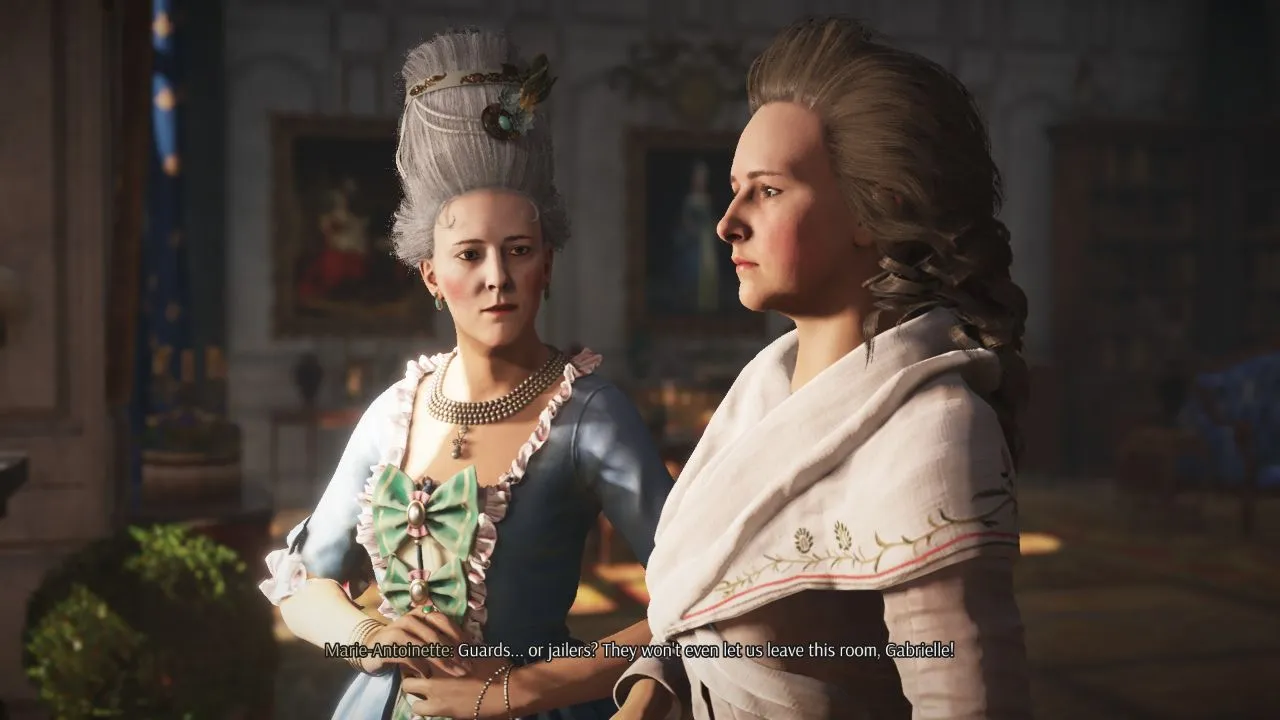 alt text describing image of a Steelrising environment showcasing the gearpunk aesthetic
alt text describing image of a Steelrising environment showcasing the gearpunk aesthetic
Gearpunk draws inspiration from clockwork mechanisms and automatons, reminiscent of Leonardo da Vinci’s inventions, often found in aristocratic households as unique playthings. This aesthetic seamlessly blends with the French Revolution setting, capturing the opulence and mystique of the French royalty and the role of alchemists. Steelrising consistently applies this aesthetic to its architecture, characters, enemies, and bosses, creating a visually stunning and cohesive world.
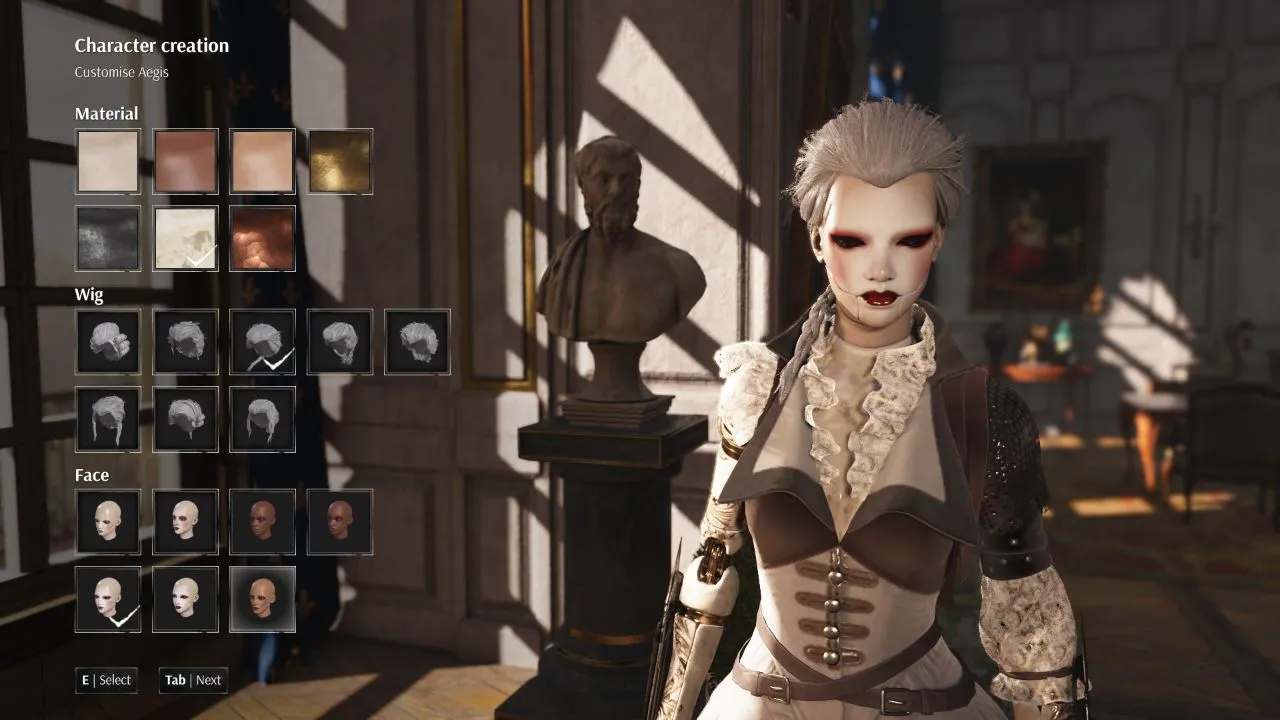 alt text describing image of Steelrising gears and mechanisms
alt text describing image of Steelrising gears and mechanisms
Players take on the role of Aegis, a magic-powered automaton, tasked with battling legions of rogue robots that threaten King Louis XVI’s reign. From Paris to the Palace of Versailles, the game’s environments are rich with detail. Players explore opulent palaces and mansions showcasing the French aristocracy’s maximalist style, alongside the common areas, squares, and slums of Paris, painting a vivid picture of a society on the brink of collapse.
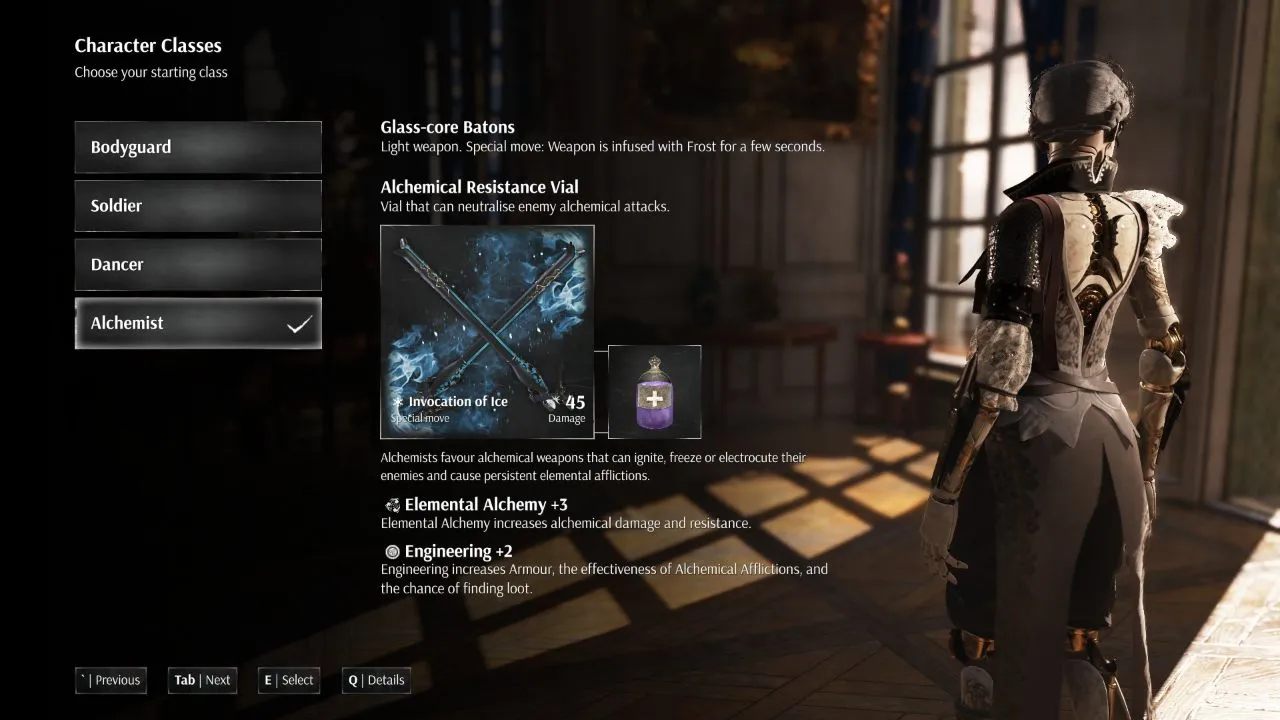 alt text describing image of Aegis the main character in Steelrising
alt text describing image of Aegis the main character in Steelrising
This contrast extends to the character and enemy designs. While the player’s automaton is intricately designed with precious materials and golden gears, the enemies appear more rudimentary but compensate with sheer strength and numbers. The character and enemy animations are fluid and realistic, reflecting their mechanical nature. Humanoid automatons move with agility, while less articulated creatures exhibit more rigid movements.
Spiders’ proprietary engine effectively portrays the impact of attacks and physical interactions, adding to the game’s realism. As players progress and enemies become stronger, their attack animations become more deliberate yet faster, inflicting greater damage.
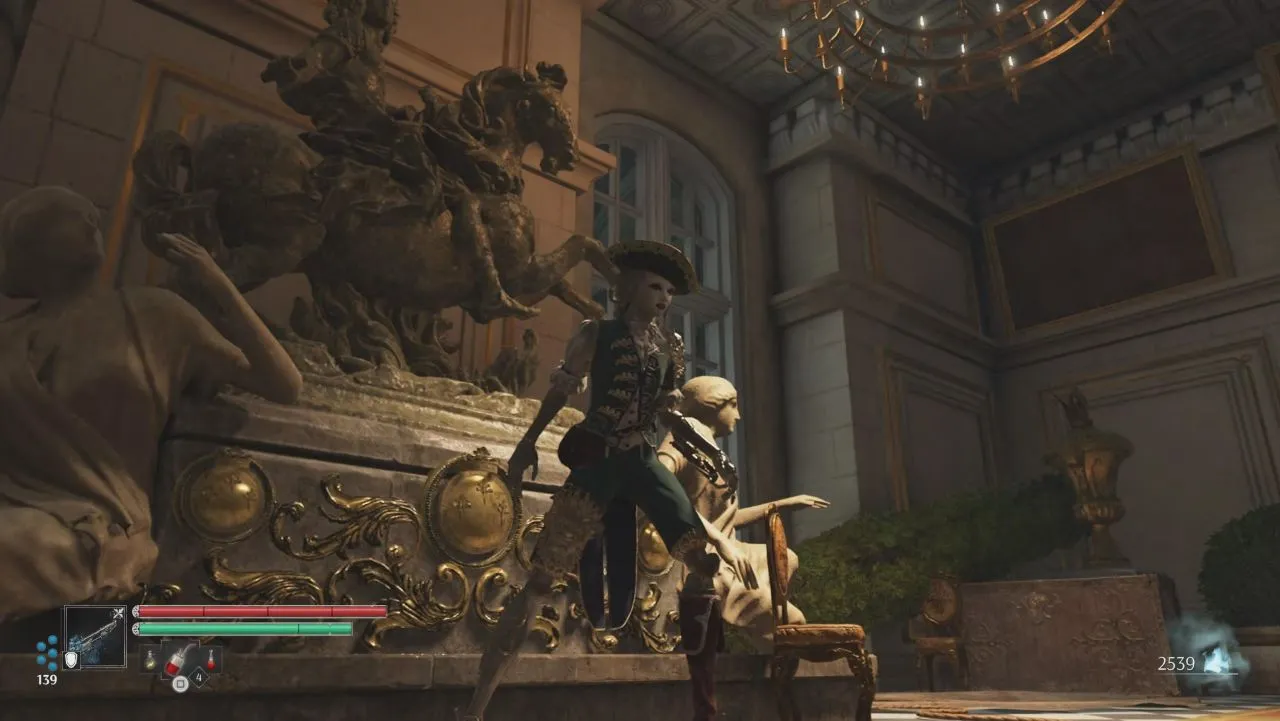 alt text describing character customization options in Steelrising
alt text describing character customization options in Steelrising
Steelrising offers four character classes, each with unique weapons, attacks, and progression paths. The Bodyguard wields heavy, slow weapons that deal massive damage, while the Dancer utilizes swift combos with lower damage output. This variety provides replayability and diverse gameplay experiences. The meticulous design and attention to detail mitigate the graphical shortcomings of Spiders’ engine, which, despite significant upgrades and ray tracing support, still shows its limitations. Steelrising starts strong, presenting a visually stunning and imaginative world with meticulously crafted models and environments.
The Downfall: Repetition and Bugs
Unfortunately, Steelrising fails to maintain its initial momentum, falling prey to repetitive gameplay and technical issues. The initial excitement wanes as players encounter waves of similar enemies with predictable attack patterns. With a bit of finesse, players can easily navigate encounters unscathed using simple hit-and-run tactics. Frequent save points and powerful weapon upgrades further diminish the challenge.
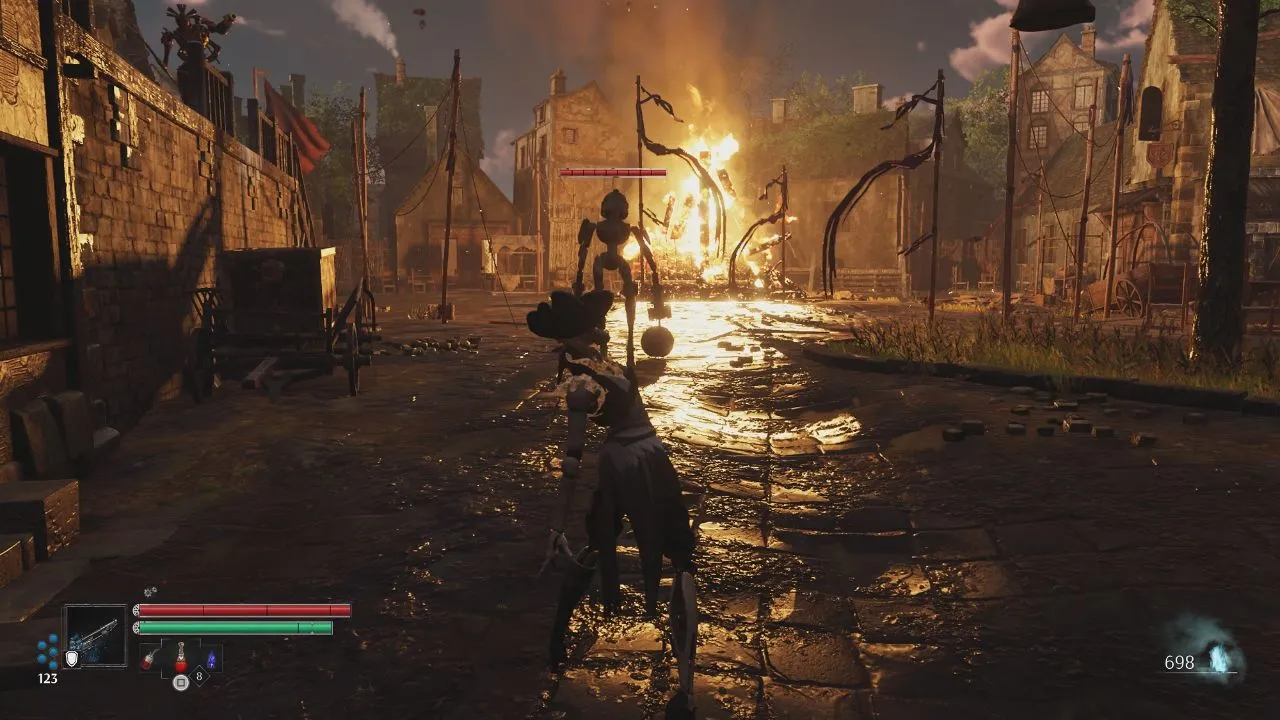 alt text describing image of combat in Steelrising
alt text describing image of combat in Steelrising
Even boss battles, initially challenging, become predictable once their patterns are learned. The arena-style combat lacks the dynamic elements and quick-time events seen in games like God of War or the frantic intensity of Monster Hunter Rise. This diminishes the sense of accomplishment and excitement typically associated with overcoming difficult encounters in souls-like games.
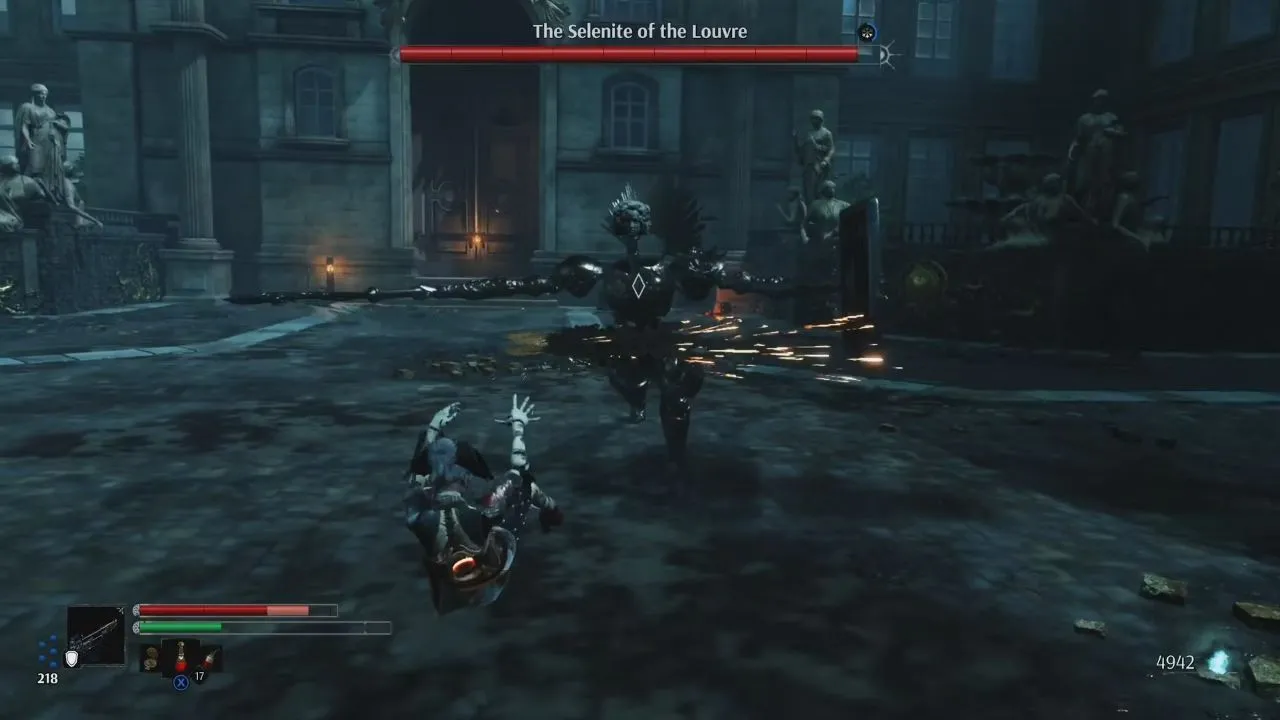 alt text describing image of a boss fight in Steelrising
alt text describing image of a boss fight in Steelrising
The narrative, promising at the start, quickly fades into the background, failing to capitalize on the game’s impressive setting. Technical issues further detract from the experience. Frame rate drops occur during combat, leading to frustrating deaths. Enemies occasionally get stuck, and the player character can become trapped in the environment, requiring restarts. These bugs are particularly detrimental in a souls-like game where progress is hard-earned.
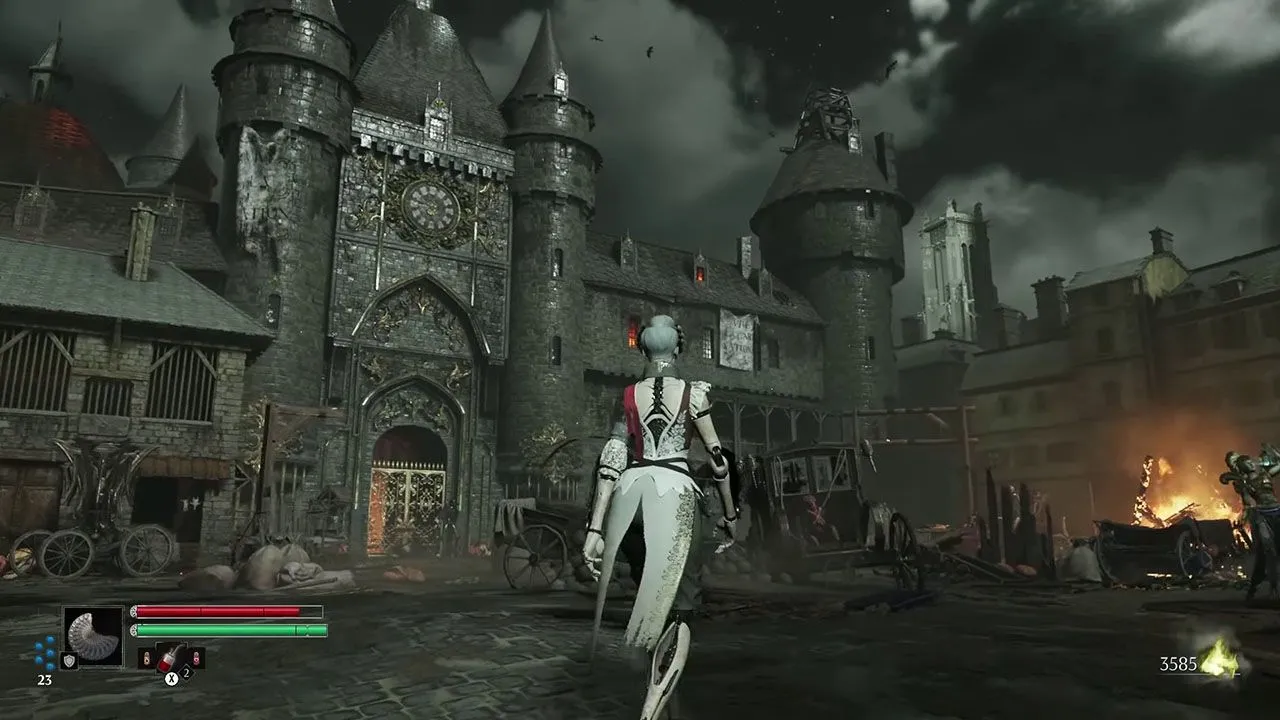 alt text showcasing the environment in Steelrising
alt text showcasing the environment in Steelrising
While Steelrising impresses with its stunning world and intricate designs, the repetitive gameplay, predictable boss battles, and technical issues ultimately hold it back from reaching its full potential.





Comments (0)